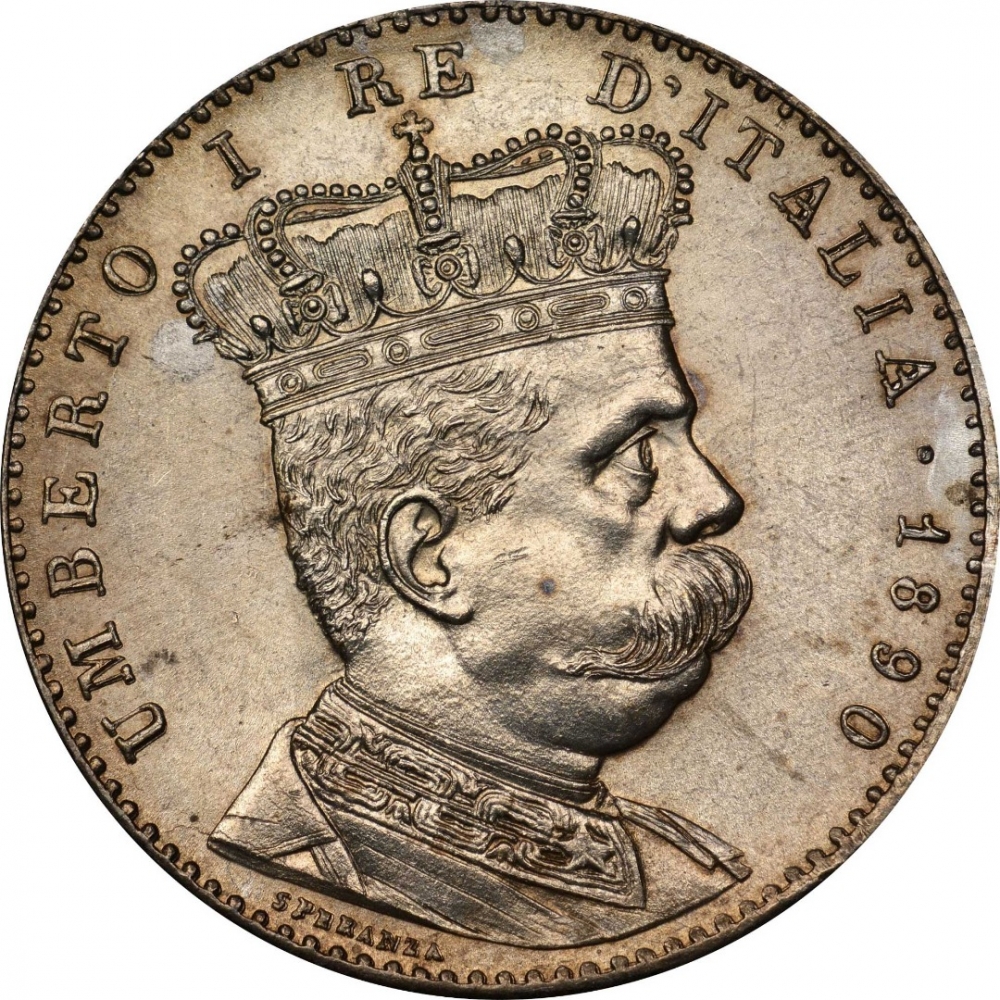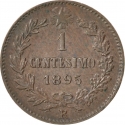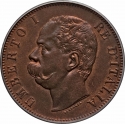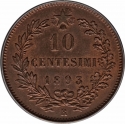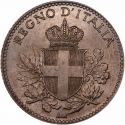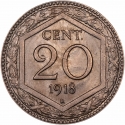You are about to finish your registration. Please check your mailbox (including spam folder). There should be a letter with a confirmation link. Check setting to make sure that your e-mail address is correct.
Send letter againDescription
Italian Eritrea was a colony of the Kingdom of Italy in the territory of present-day Eritrea. Although it was formally created in 1890, the first Italian settlements in the area were established in 1882 around Assab. The colony officially lasted until 1947.
Umberto I (1844–1900), nicknamed the Good, was the King of Italy from 9 January 1878 until his assassination on 29 July 1900. Umberto's reign saw Italy attempt colonial expansion into the Horn of Africa, successfully gaining Eritrea and Somalia despite being defeated by Abyssinia at the Battle of Adowa in 1896. In 1882, he approved the Triple Alliance with the German Empire and Austria-Hungary. He was deeply loathed in leftist circles because of his conservatism and support of the Bava-Beccaris massacre in Milan. He was especially hated by anarchists, who attempted an assassination on him during the first year of his reign. He was killed by another anarchist, Gaetano Bresci, two years after the Bava-Beccaris massacre.
Engraver: Filippo Speranza
Obverse

|
Crowned bust of King Umberto I facing left, surrounded by the inscription "Umberto I King of Italy" and date, below the neck the engraver's name. UMBERTO I RE D'ITALIA · 1890 |
|---|---|
Reverse

|
Depicts the Stella d’Italia above the denomination, values in Tigrinya and in Arabic "4 tenths of Real" in the centre on top of an arced wreath of two olive branches above the mintmark R (Rome Mint, Lazio, Italy). COLONIA ERITREA |
| Edge |
